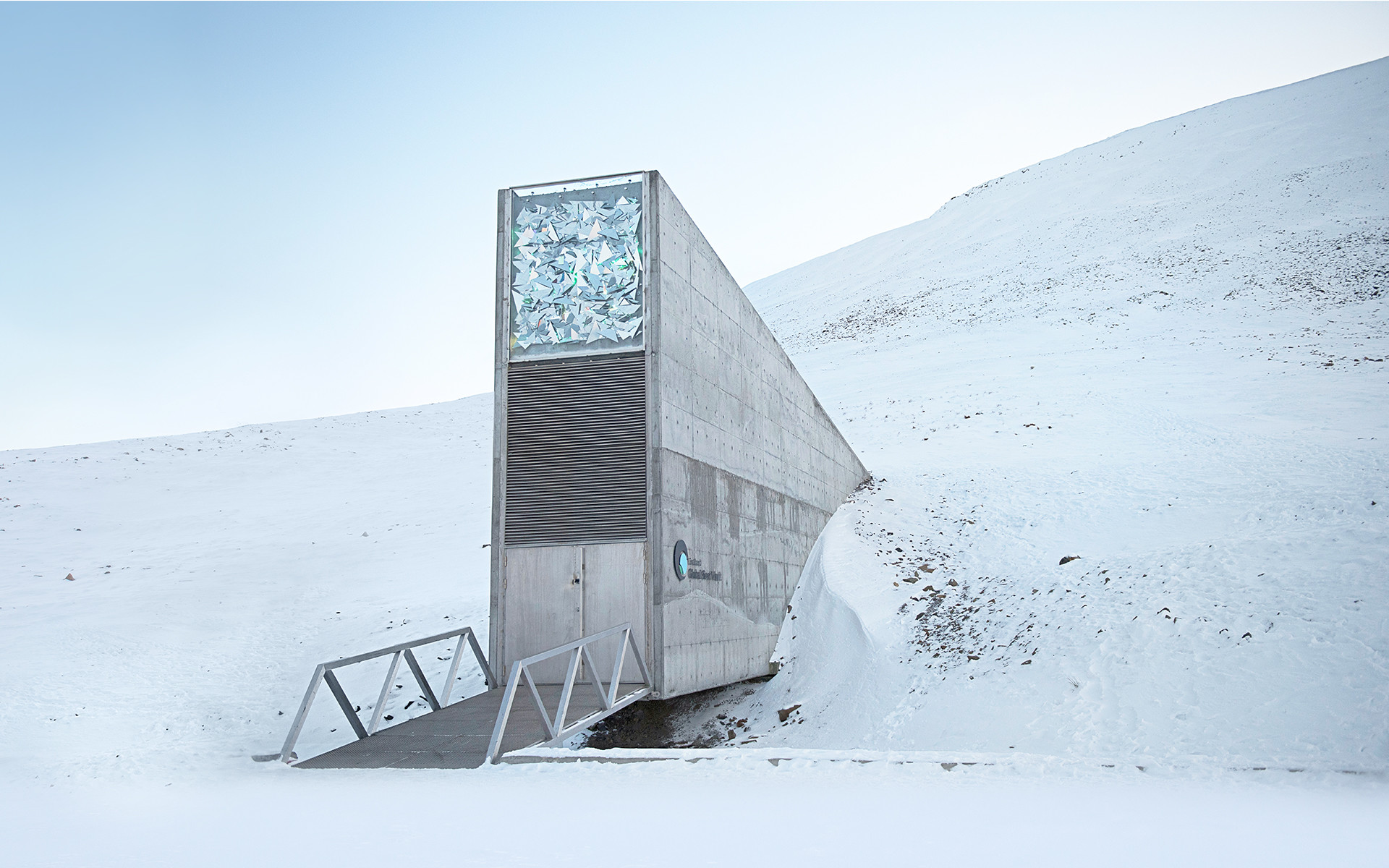
Beneath the Arctic permafrost lies one of humanity’s greatest treasures: the Svalbard seed bank. It currently holds more than 1,000,000 samples from almost every country in the world.
The aim of creating this frozen labyrinth is to make a “back-up” of seeds from each country. Many of them are already stored in their own seed banks, but keeping another sample in Svalbard is synonymous with extreme security.
The building is built above sea level, to prevent flooding, and to be proof against any natural or man-made disasters. The location on this arctic island at -18 degrees allows the temperature at which the seeds are stored to be maintained in the event of any power failure.
The ownership of each sample belongs only to the sender, who is the only one that can decide to take it back if needed. The Syrian government was the first to make use of this backup, when its seed bank in Aleppo was destroyed because of the war. With the extracted samples they were able to recover the lost crops and rebuild their bank in different cities.
Although the bank is owned by the Norwegian government, it is set up to serve the global community and managed by the international organisation CropTrust. Any country can send its seeds to be conserved on this remote island, with no storage costs, as it is funded by multiple associations and NGOs.
In the face of an increasingly extreme climatic situation, a place like Svalbard is the only thing that gives us security against a disaster that destroys crop varieties, whether by war or natural disasters, such as volcanic eruptions, plagues or increasingly violent fires and floods.
You can find out more about it on the Svalbard website.